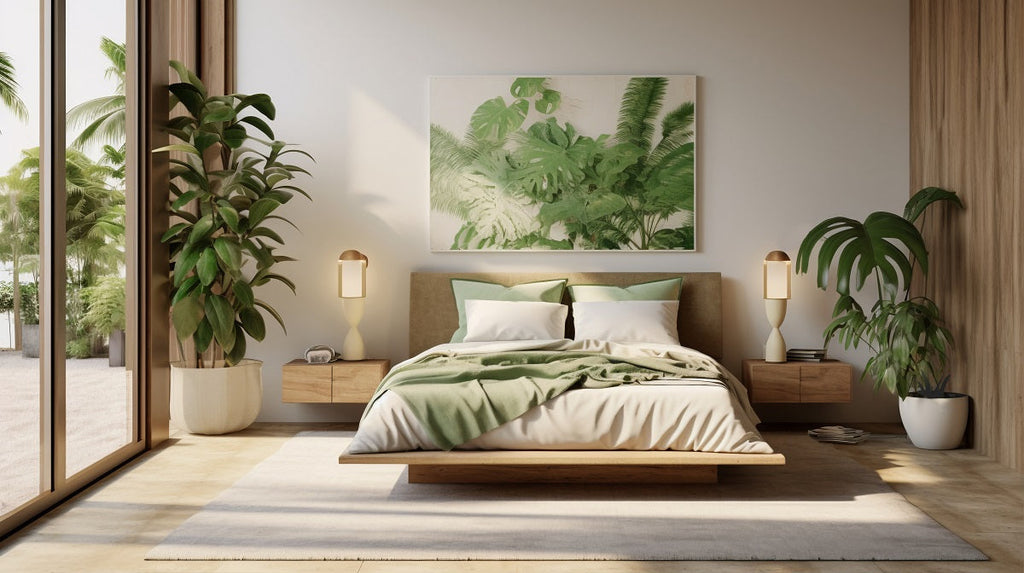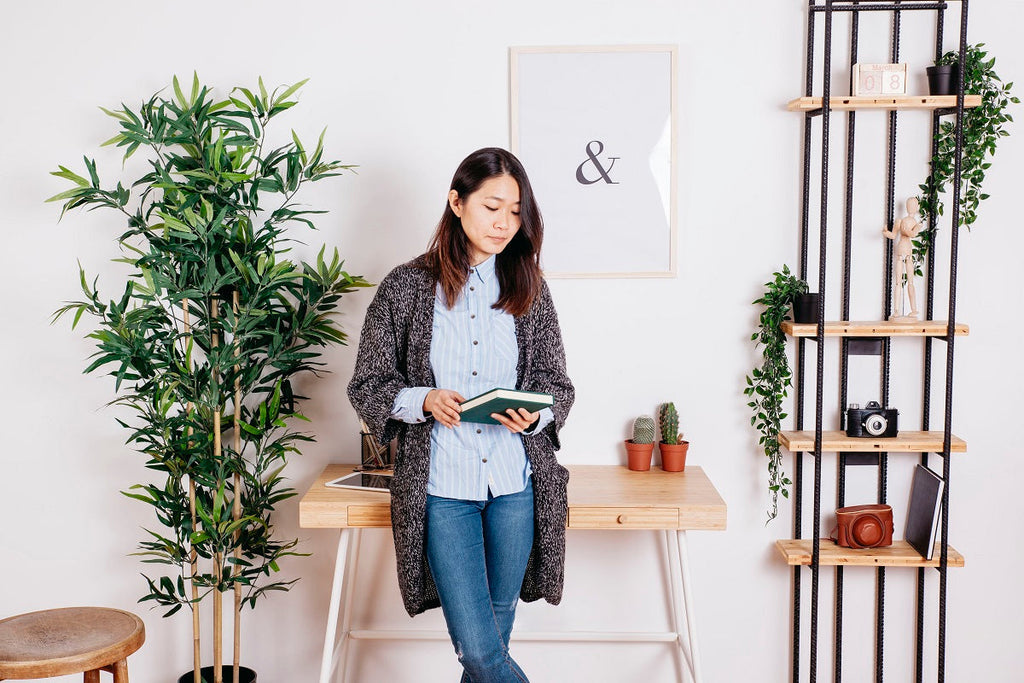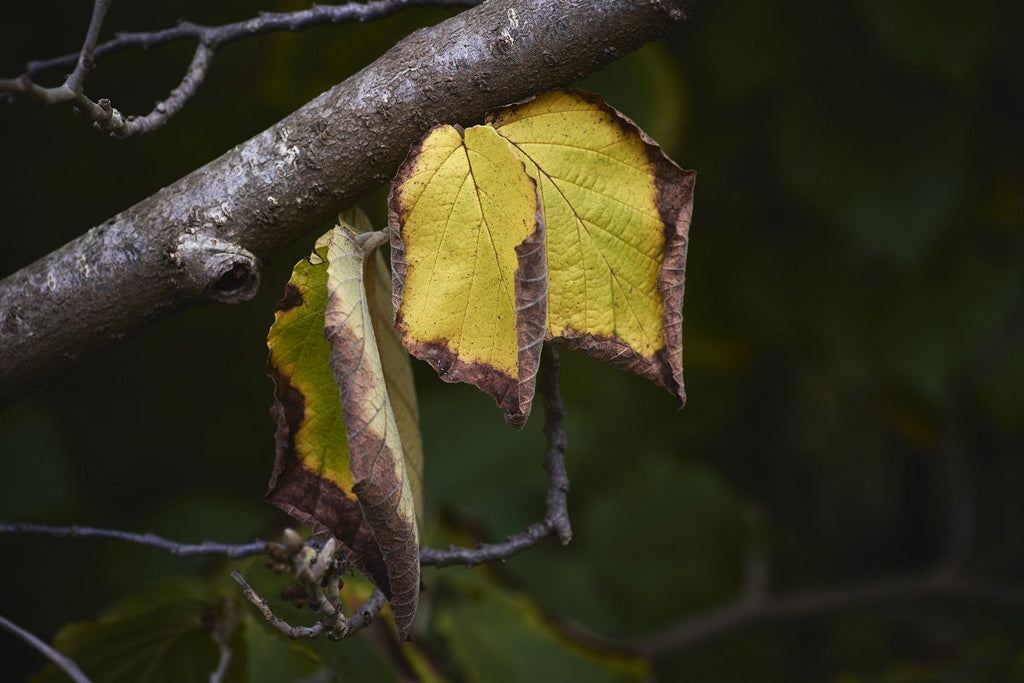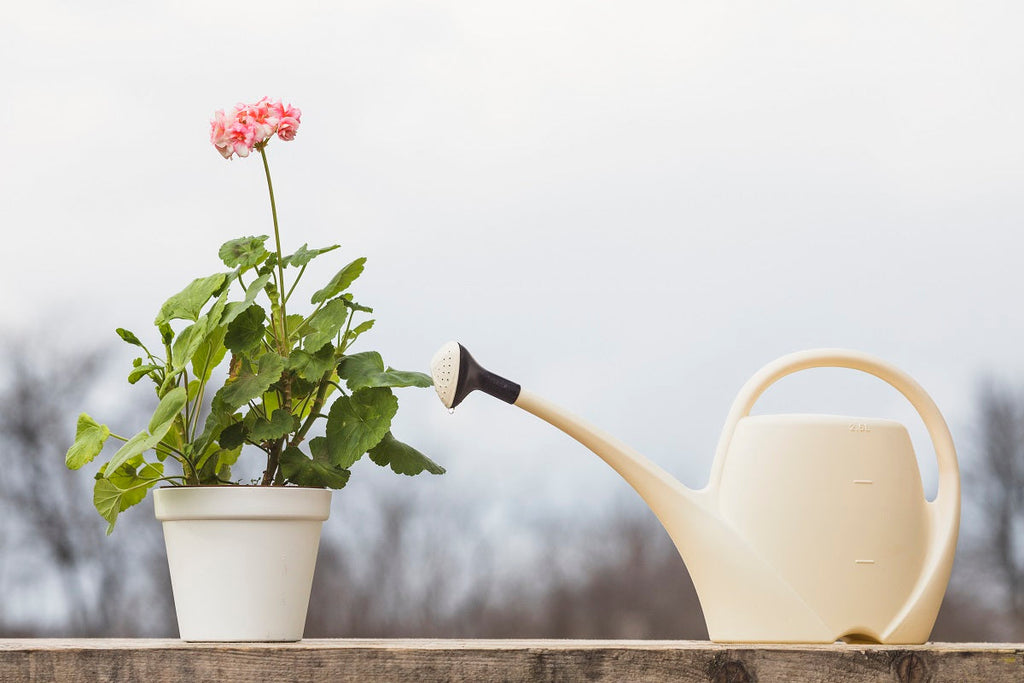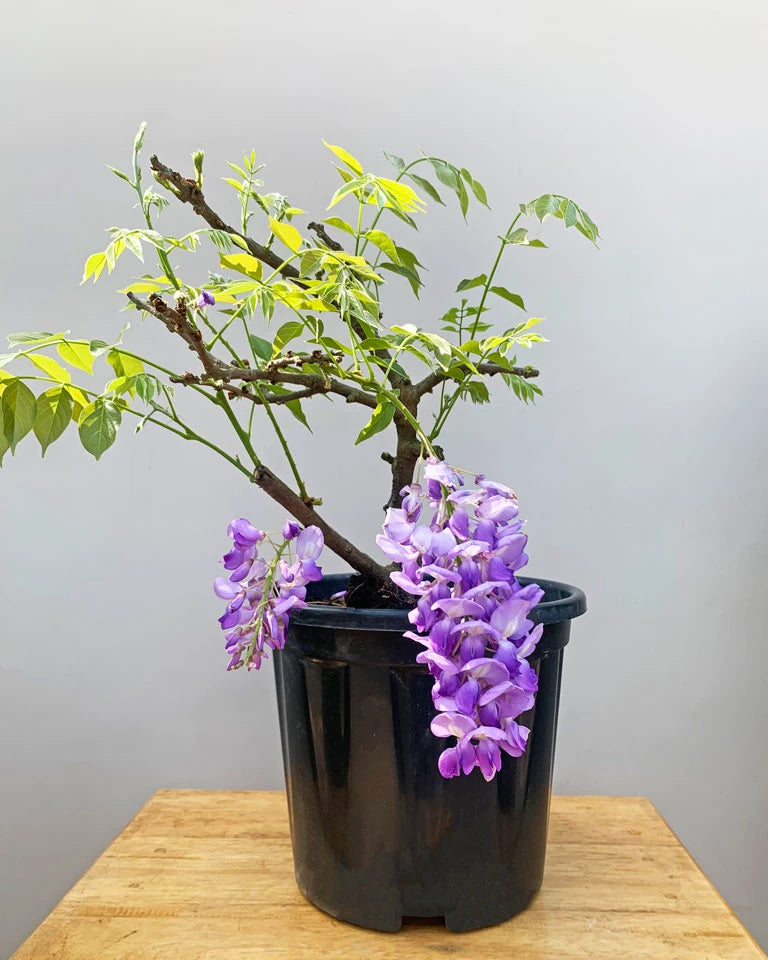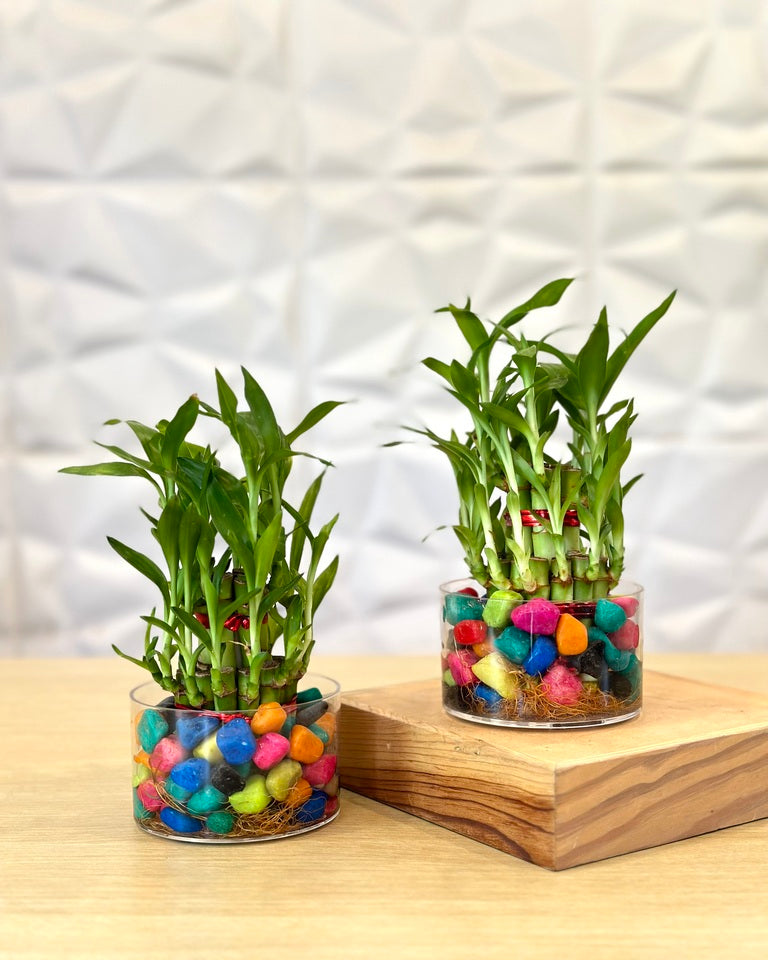
How To Keep Indoor Plants Healthy

Indoor plants bring the beauty of nature to your workplaces and to your home. They are of several types and help us in various ways apart from adding an aesthetic essence to our home decoration. The hues of green soften harsh light in our homes and offices and make it look appealing to the eye. Apart from these, houseplants can also purify the air quality of your indoors. For every way that they benefit us, they do deserve the best care from us, don’t they? So, if you are a plant parent you are in for some detailed tips on how to keep your indoor plants healthy:
Categorize The Plants According to Their Requirement of Light
Indoor plants vary in their light requirements. While some of them grow beautifully under direct sunlight, others thrive in low light. In fact, for the latter, direct and extreme sunlight may yield a reverse effect on growth and may even lead to their death. So here are the two most important factors to keep in mind while categorizing your indoor green buddies for their light requirement:
- Distance and positioning of the plants from the window affect the intensity and quality of the sunlight.
- The intensity and the patterns of the sunlight also vary from season to season.
- One thing is for sure that all houseplants do best with some light from outdoors. While some plants need your attention from time to time, others have very minimal requirements. So do not cut them off from natural sunlight completely. In case your environment and the house structure don’t allow that, try to opt for plants that can thrive under artificial plants and redecorate the interior space of your house accordingly. Remember, the better you study and provide with the light requirements of your plants, the happier your plants and you will be.
Moreover, observing the signs of your plants frequently will also tell you if they are getting too little or too much light. Their leaves will appear faint and weak and their foliage will turn into dull green or yellow if the amount of light is too much for them. On the other hand, if you notice your plants losing their density or becoming too leggy or lean, it would mean that they need to be exposed to more light.
Choose The Right Size of Plant Holders, Always
Everybody needs the right space to grow, plants included! So you must make sure that the plant holders of your plants are neither too big nor too small for them. The wrong size of the plant holders will eventually end up holding too much or too little water and thereby prevent the plants from absorbing the proper amount of nutrients.
Never Forget to Buy The Best Quality Potting Soil
If you want your plants to thrive and live a healthy long life, ensure that you always hon them with the top quality potting soil. Use the right amount, repot from time to time, and you will have your plants be happy with you for a long time. Good potting soil has better moisture absorbing capability and promotes healthier roots. While you order your plants, you can also check out our top-notch collection of potting soil.
Provide The Proper Amount of Water
Like sunlight, the water requirements of indoor plants also vary from one another. While some plants may need a frequent and ample amount of watering to grow, “once a week” schedules work best for others. So the smart choice here is to categorize your plants according to their water requirements too. Here are a few points to keep in mind while watering:
- Try to make sure that the water does not stay collected on the catch-tray for more than a day or two. That can lead to root diseases of your plants.
- Never forget to check the plant holders for drainage holes at the bottom. Not doing so may rot the roots of your green buddies.
- Let the soil dry partially before you think of watering again. You can stick your finger into the soil and check its moisture. If the top two inches of the soil are dry, it’s probably safe to water them again.
- The next tip is to check the water content by weighing the pots. They will be heavier after watering and lighter as the water starts drying out.
- Take extra care to ensure that salts do not mount up your plant soil.
Fertilize Regularly, Inspect For Any Signs of Insects/Pests
Use control pests to treat as and when necessary.
Keep The Foliages of Your Plants Clean From Dust
Not doing so can disturb proper light absorption and harbor insects.
There you have it- every fundamental way to take proper care of your beautiful houseplants. So go ahead and look out if it’s time to work on any of the options mentioned above!





